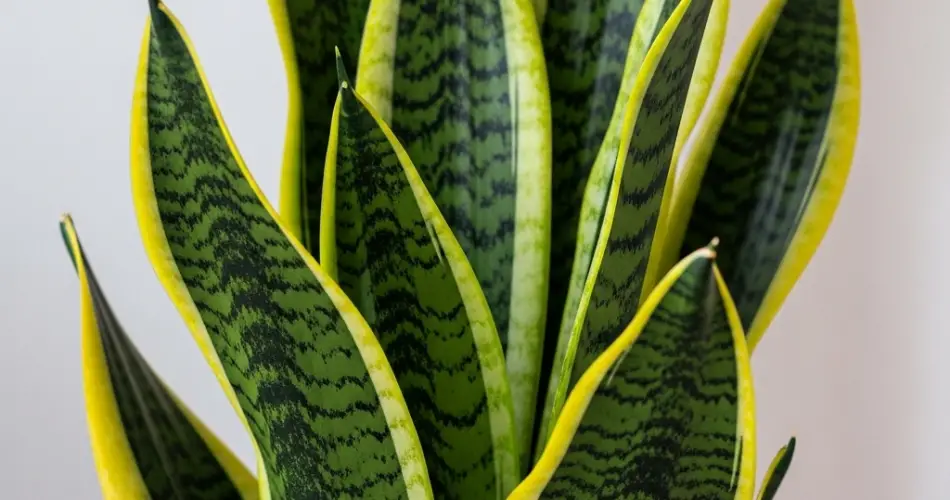Keeping plants vibrant, strong, and free from disease can feel like a challenge—especially for beginners or those who don’t have much time to dedicate to gardening. Fortunately, there are time-tested tricks that experienced growers use to ensure their plants not only survive but thrive. One of the most insightful lessons comes from a professional nursery owner who shared his foolproof method to maintain lush, vigorous plants without resorting to expensive or chemical-heavy solutions.
This simple yet effective method is based on three key principles: proper soil management, balanced watering, and natural disease prevention. Let’s take a look at the strategy and how you can apply it easily at home, whether you’re tending to indoor houseplants, balcony pots, or a backyard garden.
Step 1: Focus on Soil Health
According to the nursery expert, healthy soil is the foundation of any successful plant. If your soil is poor, compacted, or lacking nutrients, your plants will struggle no matter how much water or light they receive.
The Trick: Add Organic Matter Consistently
Mix compost or well-rotted manure into your soil regularly. Organic material enriches the soil with nutrients and supports beneficial microorganisms that protect against harmful bacteria and fungi.
-
Use kitchen compost: Fruit peels, coffee grounds, and crushed eggshells are excellent.
-
Avoid over-tilling: This can disturb the soil’s natural structure and reduce microbial activity.
Also, remember to check the pH of your soil. Most plants prefer a slightly acidic to neutral range (pH 6.0–7.0). If your soil is too alkaline or acidic, your plants may suffer nutrient deficiencies even if the soil is rich.
Step 2: Smart Watering
Improper watering is one of the most common causes of plant stress, root rot, and disease. The key is to water deeply and less frequently, rather than a little bit every day.
The Trick: Use the “Finger Test” and Water Early
Before watering, stick your finger about 2 inches into the soil. If it still feels moist, wait another day or two. When you do water, make sure it reaches deep into the roots rather than just moistening the surface.
-
Morning watering is ideal. It gives plants time to absorb moisture before the heat of the day and allows excess water on the leaves to evaporate, reducing the risk of fungal infections.
-
Avoid wetting the leaves unnecessarily, especially in the evening, when lingering moisture invites disease.
Also, consider using mulch—such as dry leaves, straw, or bark—to keep moisture in the soil longer and reduce the need for frequent watering.
Step 3: Prevent Disease Naturally
One of the top lessons from the nursery owner was: “Prevent disease before you need to treat it.” That means creating a healthy environment where plants are less likely to fall sick in the first place.
The Trick: Natural Sprays and Spacing
Use homemade, natural plant sprays to prevent fungal growth and pest attacks. Some easy and effective sprays include:
-
Cinnamon water: Acts as a mild antifungal solution.
-
Garlic and chili spray: A natural insect repellent.
-
Diluted milk spray: Helps prevent powdery mildew.
Proper spacing between plants is also essential. Crowding leads to poor air circulation, which creates a humid environment where diseases thrive. Give your plants enough room to breathe and grow without touching each other.
Bonus Tip: Observe Your Plants Daily
Even just a quick daily glance at your plants can reveal early signs of trouble. Look for:
-
Yellowing or curling leaves
-
Spots or mold on leaves or stems
-
Sudden wilting despite moist soil
-
Pests under the leaves or near the stem
By catching issues early, you can act fast—whether it’s adjusting watering, moving the plant to a sunnier spot, or using a natural remedy.
Best Plants for Beginners Using This Method
If you’re just starting out, the nursery owner recommended beginning with resilient, fast-growing plants that respond well to organic care and minimal intervention:
-
Basil
-
Mint
-
Aloe Vera
-
Snake Plant
-
Spider Plant
-
Marigold (also repels pests)
-
Tomatoes in containers
These plants not only thrive with this care method, but they also give you quick visual feedback if something isn’t quite right.
Final Thoughts
Healthy plants are not the result of luck—they’re the result of consistency, observation, and smart, natural care. The nursery owner’s trick is not a secret product or a complicated formula. It’s about returning to the basics: rich soil, smart watering, natural protection, and a little attention every day.
By following this simple routine, your garden can become a thriving, disease-resistant space, whether it’s a windowsill herb garden, a balcony with potted flowers, or a full backyard plot. Trust the wisdom of those who grow for a living, and you’ll see your plants thank you in the form of vibrant foliage, healthy roots, and steady growth.



